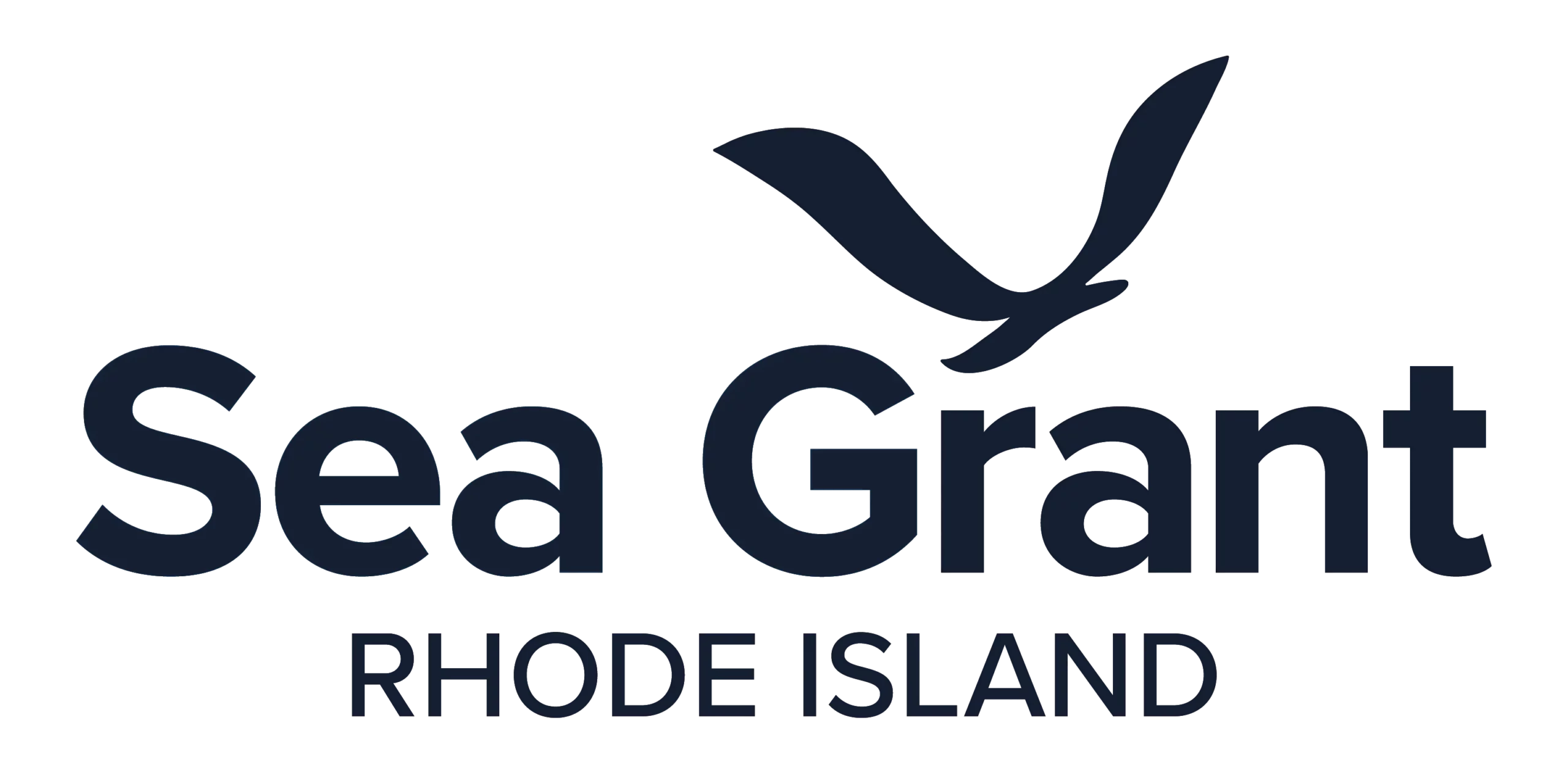Plastic has infiltrated the Earth’s environment. From Mount Everest to the Mariana Trench, the ubiquitous material has been found in the air, the water, and even in the ice as researchers found disturbing amounts of plastic in Arctic sea ice cores last yeear.
“It was a punch in the stomach,” said Brice Loose, a professor at the University of Rhode Island Graduate School of Oceangraphy and member of the 18-day expedition in the Northwest Passage, in a recent article in the University of Rhode Island’s magazine

The problem is plastics don’t degrade, breaking down into ever finer pieces that become virtually impossible to recover – leaving them to alter coastal and ocean ecosystems in ways we have yet to understand.
Roughly 9 billion tons of plastic has been created since WWII, and production isn’t expected to go down.
“If scientists are correct, there will be more plastic in the ocean that fish by 2050,” said Rhode Island Sea Grant Director Dennis Nixon, in the URI article.

Pre-pandemic, there was international recognition of the looming crisis and the idea that we have limited time to impact it in a meaningful way. But COVID-19 increased demand for plastic production.
“We are now producing, using, and throwing away more gloves, masks, drapes, curtains, and surgical gowns than ever before. If you walk beaches, even here in Rhode Island, it’s not a shock to find single-use plastic surgical masks or gloves. Until we have a treatment that’s effective, I don’t see an end in sight,” said Nixon.
For Sea Grant’s part, research is underway to study how microplastics might act as vectors of disease and pollution that effect aquatic animals, specifically oysters and other filter feeders.
“We don’t expect that current field concentrations of microplastics will have that much of a negative impact on the oyster itself,” Davies explains, “but we anticipate there are indirect effects, for example on the oyster’s reproduction or resilience to disease,” said Andrew Davies, associate professor of biological sciences and lead researcher on the Sea Grant-funded project.

